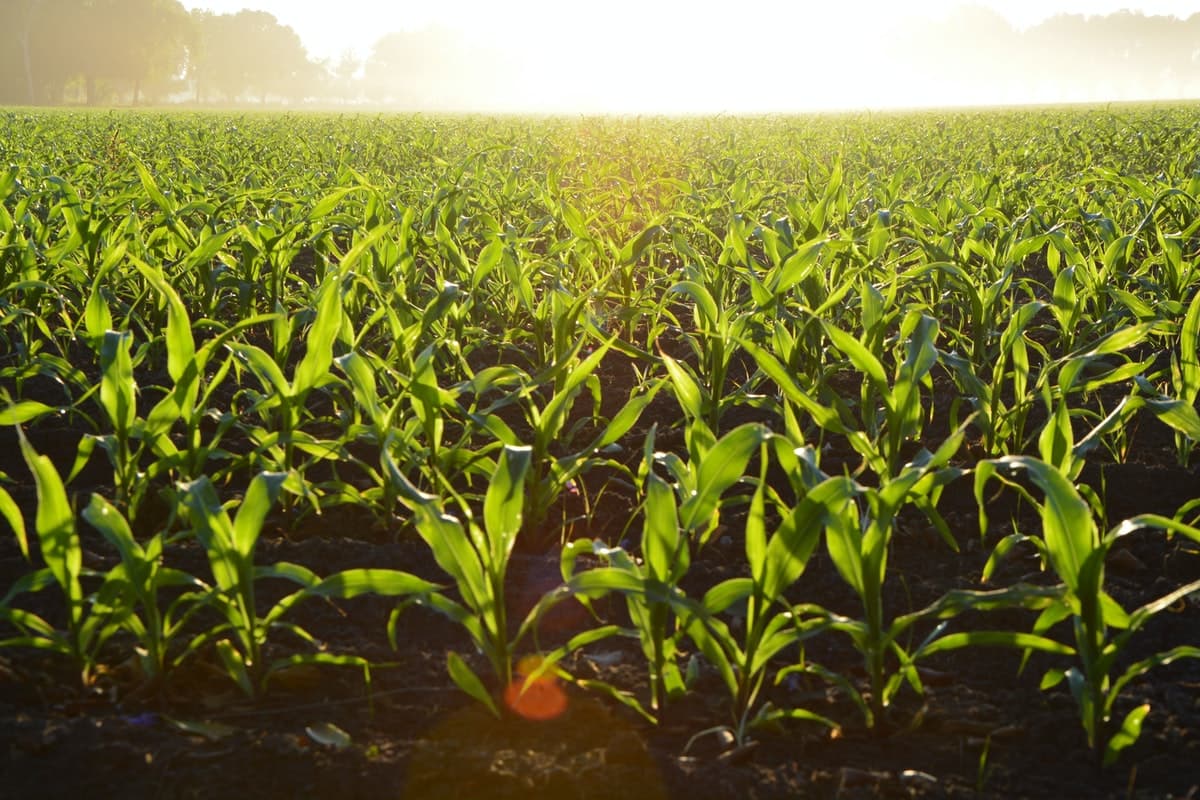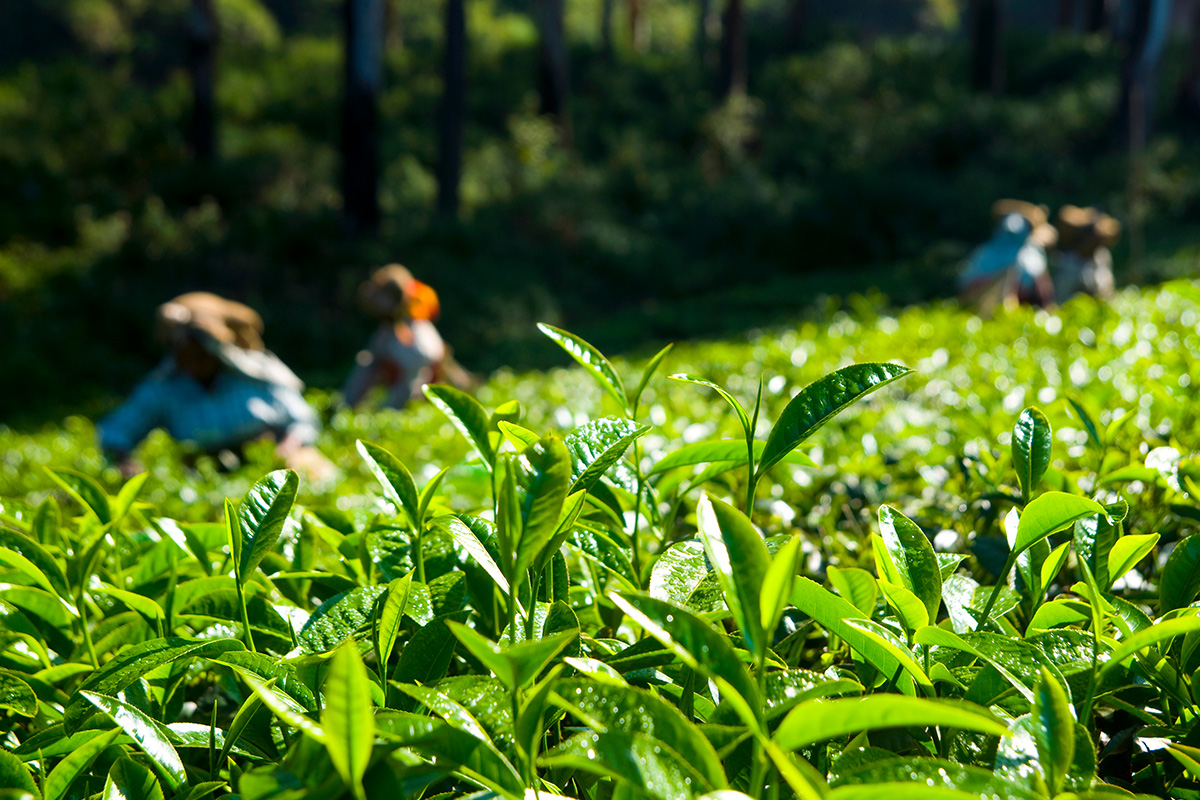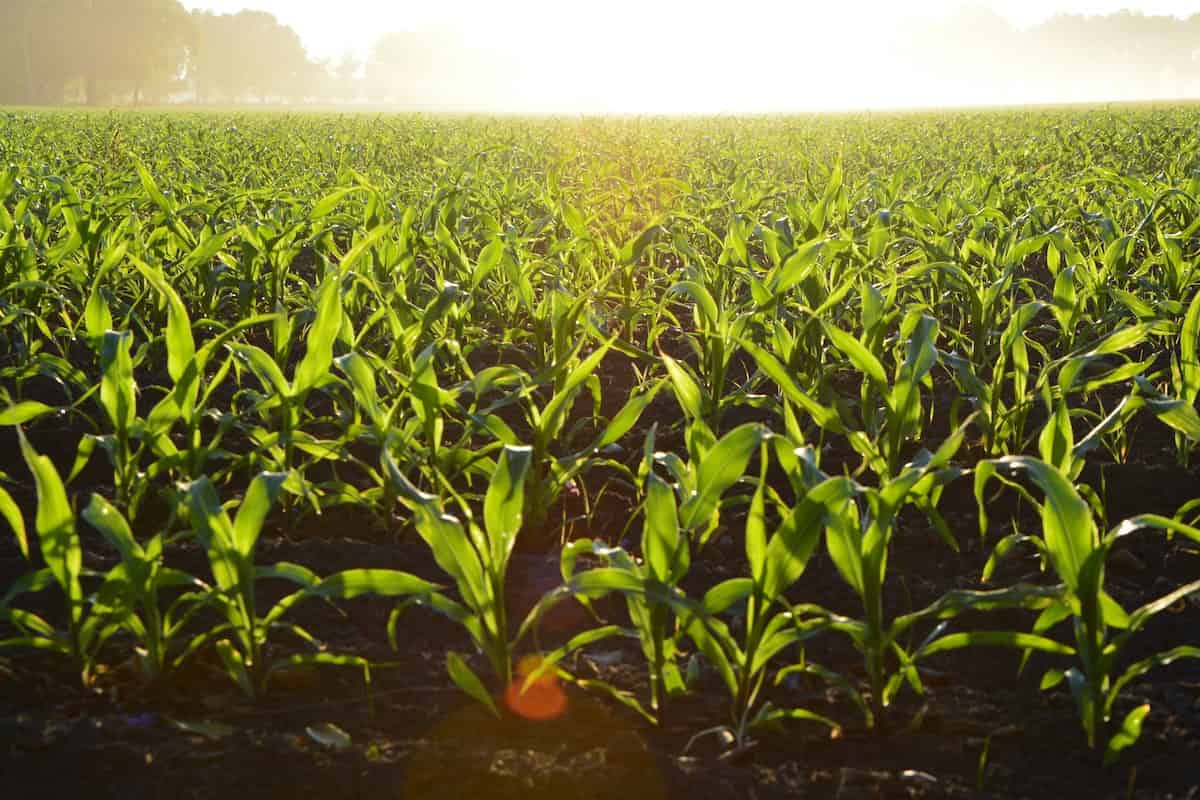The New National E-Agriculture Strategy was Presented

National E-Agriculture Strategy Launch Meeting within the scope of Agriculture 4.0 was held. The Minister of Agriculture and Forestry Bekir Pakdemirli was also present at the event. In his speech, Pakdemirli said that one of the most important new policy approaches was to evaluate the opportunities offered by information and communication technologies in the field of agriculture with the right strategies.
Many manufacturers, non-governmental organizations, and organizations have contributed to this plan, which has been reviewed and criticized. Pakdemirli highlighted “The project was developed in cooperation with everyone who is experienced in every field of production and has knowledge on this subject.”
What is the National E-Agriculture Strategy Support Project?
While the globe moves closer to a digital age every day, the agriculture industry, like many others, is undergoing a digital transition. Turkey’s top priorities include keeping up with this development and ensuring the incorporation of digital technologies into agriculture.
Starting from information and communication technologies, it is necessary to keep up with technology in agriculture. Based on this, the project, whose scope and function were determined in 2019, aims to develop agriculture.
E- Agriculture is the design, development, and implementation of new methods to use information and communication technologies, particularly digital technology. It is especially crucial in fields including agriculture, fishery, forestry, and animal husbandry. In this setting, those who make a living from agriculture will have more access to information. Information will help them make the best decisions possible and use current resources efficiently and sustainably.
Information and communication technologies that can be exploited for e-agriculture include devices, networks, services, and applications.
Pakdemirli mentioned the digitalization moves they have implemented in agriculture. He stated that they have developed and put into service the “Digital Agricultural Market (DİTAP)”. DİTAP will carry the entire chain from food production to consumption into a digital environment.
He stated that the “Agriculture and Forestry Academy” has been implemented for the use of e-learning tools in agriculture. In this regard, 81 integrated services and 277 authentication systems are included in E-Government.
$7.2B Foreign Trade Surplus
Pakdemirli noted that the pandemic is a very important test for the countries’ food safety strategies. He added the fact that there are no concerns with food safety in Turkey. This confirms the accuracy of the strategies and regulations. Emphasizing Turkey’s geographical advantage and agricultural production figures, Pakdemirli also stated the figures.
“Although we rank 31st in terms of agricultural land, we are among the first in Europe and the top 10 countries in the world in terms of agricultural output.” In 2021, Turkey’s agricultural exports climbed by nearly 21% over the previous year to $25 billion, while the foreign trade surplus increased by 31% to 7%.
In 2020, the International Trade Center (ITC) reported that self-sufficiency rates in China, Germany, and the United States were 46 percent, 78 percent, and 88 percent, respectively. Turkey had a rate of 136 percent.
Pakdemirli emphasized that these data fully show that Turkey is self-sufficient in agricultural and food products and is in a “guaranty exporter” position.

Agricultural Technology to Develop in Turkey
Pakdemirli refers to innovative systems to try to convey what 4.0 is all about, such as “a field plowed with driverless tractors, tracking the development of plants with sensors, storing and using all data on the cloud.” In addition, the spraying of plants with a drone and the coordinated operation of all machines and systems will be possible with 4.0.
Even though Turkey’s fertile lands provide plenty of healthy products, agricultural production should both become more efficient and agricultural technology should develop. The way to achieve this goes through Agriculture 4.0.
It was stated that 4.0 will open the door to a new development period in Turkey within the scope of food safety and protection of the rights of the producer.
Three Main Goals of Agriculture 4.0
Changes in the way information is utilized to plan, manage, and supply agricultural services are being made to ensure that resources are used more effectively and efficiently, allowing for a more profitable, equitable, and sustainable agricultural industry. Thanks to 4.0, agriculture will become more effective. At this stage, Pakdemirli touched upon the three main objectives of 4.0.
Productivity Growth
The primary goal of this project is to reduce costs and increase productivity through the support of R&D studies. In this way, it is expected that both the producer will be relieved and the diversity in exports will increase.
Scale Management
The second main goal is good planning of scaling management. Ensuring to manage the area or animals at the smallest scale will improve the economy and functionality in terms of agriculture.
Production by Market
Finally, production suitable for the market is one of the main objectives of this project. Establishing a good supply-demand balance will ensure that the production is of high quality and the results are more beneficial. Responding to the demands of the market by producing according to expectations will bring the advantages of this project.
Consequently, E-Agriculture will create a fairer and more sustainable, environmentally sensitive agriculture system. With this system that supports economic developments, everyone from the producer to the consumer will see the advantages of the digital age in agriculture.




